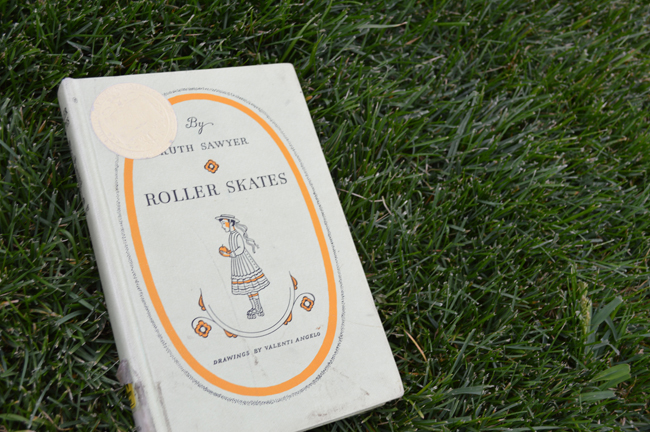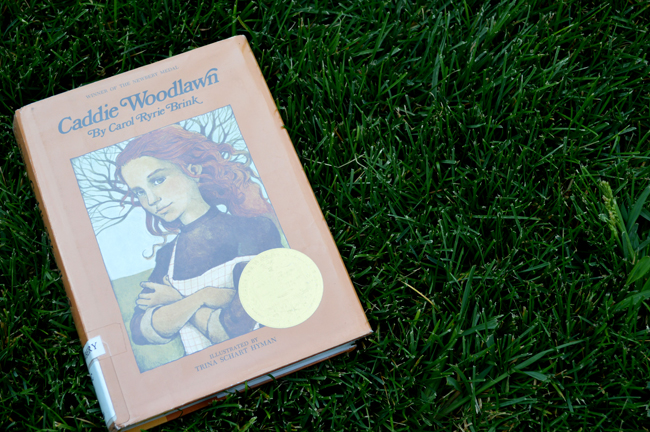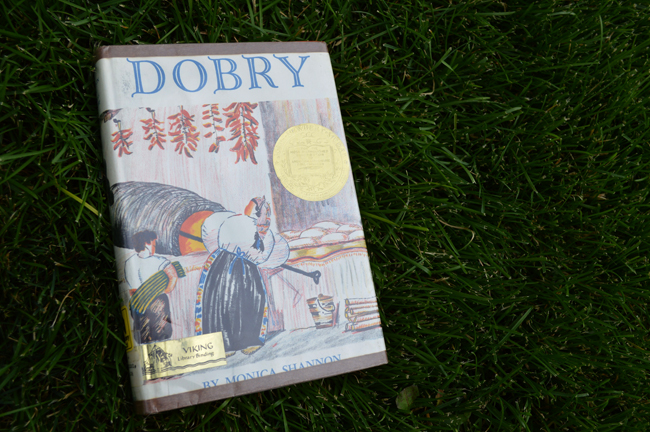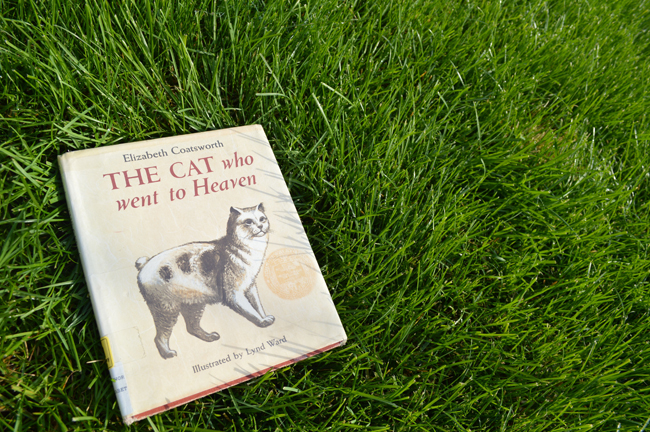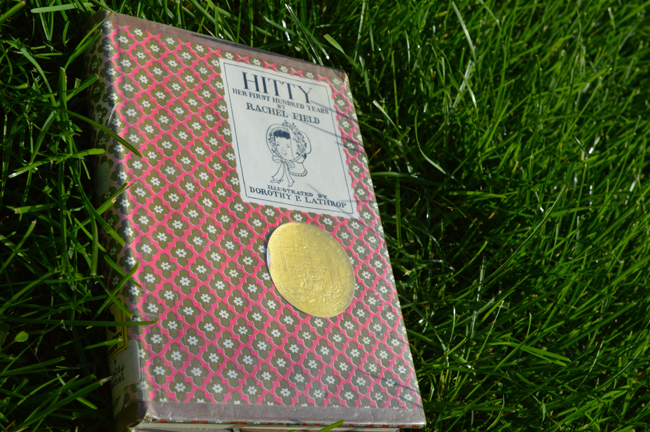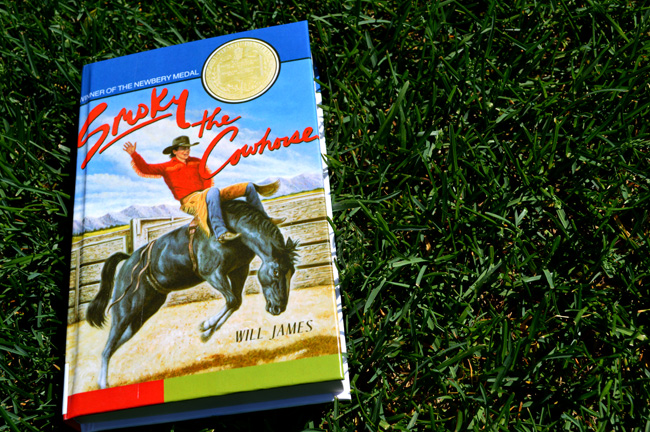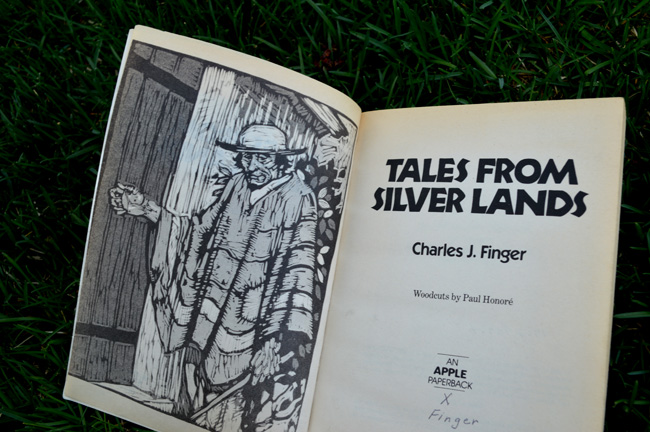This week’s Newbery, Roller Skates by Ruth Sawyer, features feisty 10 year-old-Lucinda, who is a bit like if Anne Shirley (of Green Gables) got stuck in Manhattan with a pair of roller skates. Set in the 1890s, affluent and inadvertently-troublemaking Lucinda has a year of freedom when her parents go to Italy for…
Category: Read
4 of My Favorite Paleo Books & 4 on My To-Read List
When Evan and I went Paleo over two and half years ago it was sort of by accident. We didn’t read any books about the philosophy, or tips about how to transition. We did a hard-core, slightly sketchy medical elimination diet. It worked, and when we added things back in, what made me sick…
Newbery Review # 15 (Caddy Woodlawn, Brink, 1936)
I do not know how I grew up not reading this week’s Newbery. It was great! Caddie Woodlawn by Carol Ryrie Brink is based on the life of the author’s grandmother Caddie. Caddie is the middle daughter of a miller’s family growing up near Menomonie, Wisconsin in the 1890s, and Caddy is a…
Newbery Review # 14 (Dobry, Shannon, 1935)
This week’s Newbery, Monica Shannon’s 1935 Dobry, follows a little Bulgarian peasant boy named Dobry, who loves the beauty of his farming community but longs to capture it in drawings and sculpture instead of just tending the fields. A cozy tale for the beginning of winter, Dobry has vibrant characters — a storytelling grandfather,…
Newbery Review # 13 (Invincible Louisa, Meigs, 1934)
This week’s Newbery winner was another surprise—the 1934 biography of Louisa May Alcott: Invincible Louisa: The Story of the Author of Little Women by Cornelia Meigs. Published a hundred years after her birth, Invincible Louisa traces the Alcotts’ many (29 in 28 years) moves across New England with their four daughters: Anna, Louisa, Elizabeth…
My 5 Favorite Writing Books & 5 on My To-Read List
This past weekend we drove down to Illinois again to visit two of Evan’s cousins and their wives. We swam in a lake, grilled kabobs, played board games, went to church, and then let the men go into Chicago for a Liverpool Football Club friendly match. While the boys were away cheering at the…
Newbery Review # 12 (Young Fu, Lewis, 1933)
I was surprised by how much I liked the 1933 Newbery winner Young Fu of the Upper Yangtze by Elizabeth Foreman Lewis. A Bildungsroman, or coming-of-age novel, the book follows Young Fu through his coppersmith apprenticeship in 1920s Chungking, China. Following the death of his father, Young Fu and his mother Fu Be Be…
Newbery Review # 11 (Waterless Mountain, Armer, 1932)
This week’s Newbery winner from 1932 has us returning to the States, but this time we’re in the southwest with Laura Adams Armer’s Waterless Mountain, the coming of age tale of a young Navaho (the 1930s spelling of Navajo) boy named Younger Brother. The story opens when Younger Brother is eight and first begins…
Newbery Review # 10 (Cat Who Went to Heaven, Coatsworth, 1931)
The shortest Newbery with so much emphasis on the illustrations, Elizabeth Coatsworth’s 1931 The Cat Who Went to Heaven, almost seems like a long picture book (something about the length of My Father’s Dragon or The Little Prince). It tells the story of a poor artist whose housekeeper brings him a lucky cat, Good…
Newbery Review # 9 (Hitty, Field, 1930)
The 1930 Newbery Award Winner Hitty, Her First Hundred Years, by Rachel Field follows a small wooden doll around the nineteenth century world as she is lost and found by an assortment of owners. The 5 inch doll Hitty begins her life when a wood-carver peddler takes refuge from a winter storm in Maine…
Newbery Review # 8 (Trumpeter of Krakow, Kelly, 1929)
The last Newbery of the 1920s, The Trumpeter of Krakow by Eric P. Kelly, is a Polish medieval adventure. Outside of Dr. Doolittle, this week’s story finally had all the elements I would expect to be in a Newbery: young teens as the main characters, a vivid setting, a few sets of villains, and…
Newbery Review # 7 (Gay-Neck, Mukerji, 1928)
There are a number of times reading Newbery’s from the 1920s where I think, “well, that probably wouldn’t be the way someone would write it now,” and the title of our 1928 book is one of those times. It’s about a carrier pigeon named Chitra Griva, roughly translated as iridescent throated, or a neck painted…
Newbery Review # 6 (Smoky the Cowhorse, James, 1927)
This week we come to the 6th Newbery Winner from 1927: Smoky the Cowhorse by Will James. It reminded me of a mix between Black Beauty set in the American West and a Nature Channel special about a plains horse narrated by a Cowboy. It chronicles the life of the semi-wild horse Smoky from…
Newbery Review # 5 (Shen of the Sea, Chrisman, 1926)
This week we tackled another set of folktales, the 1926 Newbery Award winner Shen of The Sea: Chinese Stories for Children by Arthur Bowie Chrisman. I have to say reading another set of folktales was a little rough, since I am more of a novel girl than a short story or folk tale one….
Newbery Review # 4 (Silver Lands, Finger, 1925)
Our fourth Newbery Award winner was another surprise: a collection of folktales. Tales from the Silver Lands by Charles J. Finger has 19 short folk tales from South America. Confession, it turns out that I don’t love reading a whole book of folktales, at least not more than two or three at a…
